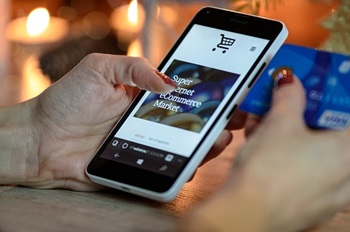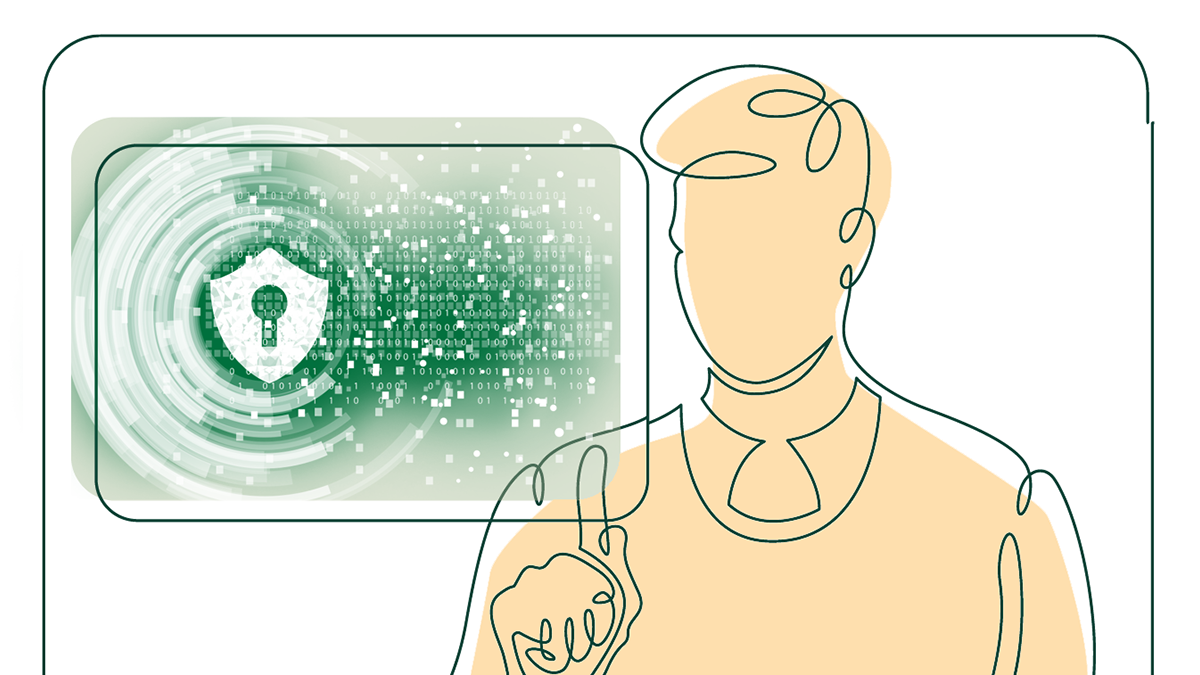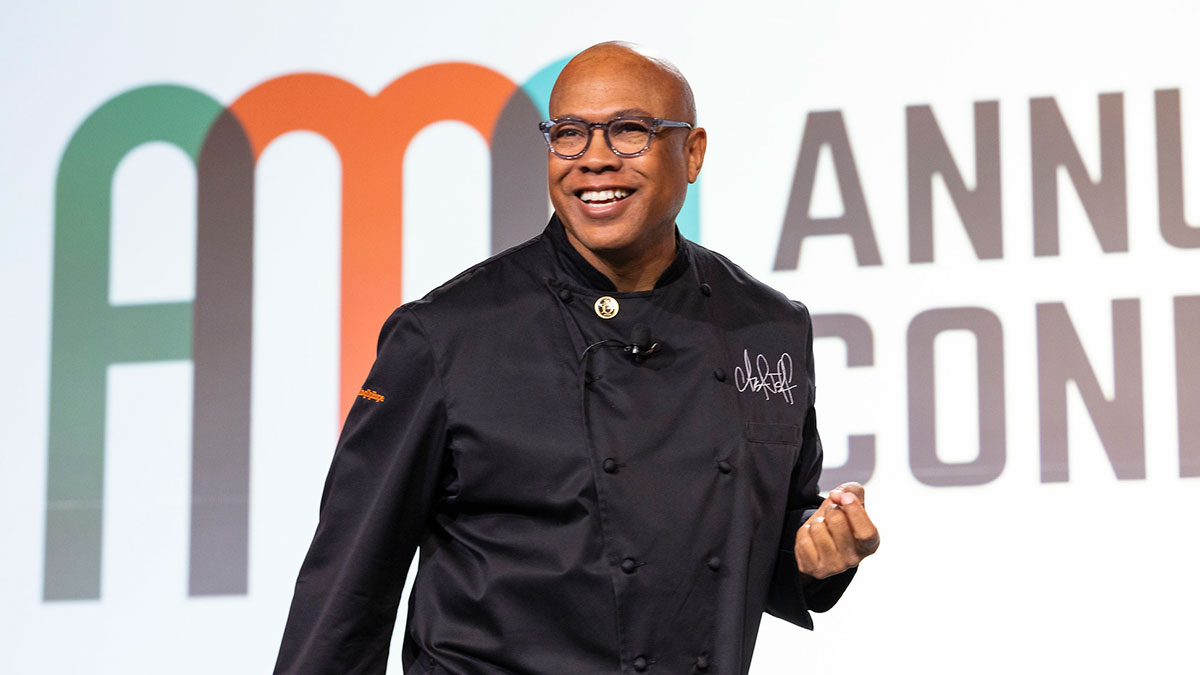By: Mark Baum, Chief Collaboration Officer and Senior Vice President, Industry Relations, Food Marketing Institute
 Our industry is at a tipping point: We know more shoppers are buying more food and related products across more channels than ever before; center store categories are already making their way online; and food retailers and their suppliers will need to adopt new business models and new technologies to find their way in this new era of ‘connected commerce’. As a leading industry Association, we must help food retailers and their trading partners better understand the dynamics that characterize this marketplace, identify the barriers to overcome and help trading partners build a new model of collaboration.
Our industry is at a tipping point: We know more shoppers are buying more food and related products across more channels than ever before; center store categories are already making their way online; and food retailers and their suppliers will need to adopt new business models and new technologies to find their way in this new era of ‘connected commerce’. As a leading industry Association, we must help food retailers and their trading partners better understand the dynamics that characterize this marketplace, identify the barriers to overcome and help trading partners build a new model of collaboration.
To do this, our organization is currently on a multiyear journey with Nielsen to explore the digitally engaged shopper and to create new business building opportunities for food retailers. Earlier in the years we completed the first phase of this initiative, which identified the “size of the prize,” outlined the emerging needs and expectations of digital consumers/shoppers, reviewed the readiness of the industry to meet the needs of this digitally engaged shopper and provided retailers a self-diagnostic tool to better understand and rate their businesses against six areas most important to online grocery shoppers. We are conducting in-depth interviews and getting a view from both retailers and manufacturers. We are aggregating and analyzing our research and in 2018, we’ll convert these findings into a framework for a new collaboration model.
We recognize that our industry will reach digital maturity and saturation more quickly than other industries that went online earlier, and we’re predicting that the grocery industry will reach $100 billion in online sales by 2025. Digital will reach across age groups and the growth curve will accelerate over the next five years, which will require more experimentation, effectively using stores as laboratories to better understand demand and fulfillment. Per our Digitally Engaged Shopper research, 72 percent of all shoppers are expected to integrate digital purchasing into their overall food shopping rituals by 2025.
The second phase of our Digitally Engaged Shopper program, which will be presented at the FMI Midwinter Executive Conference in January 2018, will reveal deeper insights into key challenge areas in the digital collaboration model. The first, master data inaccuracy, is arguably our biggest challenge because as an industry we’ve found some inelegant, inefficient but somewhat effective ways of muscling product onto the shelfs, notwithstanding the inaccuracy and incompleteness of business-to-business product attributes. Consumers won’t be so forgiving. If “digital” does not equal “physical,” consumer frustration and dissatisfaction will have much higher consequences. Other collaboration model challenges that we’ll explore with Nielsen include: suboptimal marketing and promotions; technology enablement; disjointed shopper insights; digital shelf challenges; poor forecasting; and duplicative organizational structure.
Given this trajectory, how do you invest and guide your enterprise in all of this? How do you ensure your investment allocation is driven by consumer and shopping needs and you’re investing in what’s important to them and how are you’re acquiring the investment and working capital required to do all these things? Emerging models, technologies and partnerships are key dimensions that will accelerate volume and strategic differentiation.
As we have observed in companies throughout the value chain, integration of all these strategies can only be achieved by developing and coordinating these challenge areas by both focusing on the consumer and understanding where food retailer and manufacturer capabilities fall into this spectrum. We also need to be open to the idea of partnerships that cut across channels and technologies, driving joint innovation and profitability. One thing is for certain: this digital momentum is irreversible. Assess yourself and download our free whitepaper: www.FMI.org/DigitalShopper


 Industry Topics address your specific area of expertise with resources, reports, events and more.
Industry Topics address your specific area of expertise with resources, reports, events and more.
 Our Research covers consumer behavior and retail operation benchmarks so you can make informed business decisions.
Our Research covers consumer behavior and retail operation benchmarks so you can make informed business decisions.
 Events and Education including online and in-person help you advance your food retail career.
Events and Education including online and in-person help you advance your food retail career.
 Food Safety training, resources and guidance that help you create a company food safety culture.
Food Safety training, resources and guidance that help you create a company food safety culture.
 Government Affairs work — federal and state — on the latest food industry policy, regulatory and legislative issues.
Government Affairs work — federal and state — on the latest food industry policy, regulatory and legislative issues.
 Get Involved. From industry awards to newsletters and committees, these resources help you take advantage of your membership.
Get Involved. From industry awards to newsletters and committees, these resources help you take advantage of your membership.
 Best practices, guidance documents, infographics, signage and more for the food industry on the COVID-19 pandemic.
Best practices, guidance documents, infographics, signage and more for the food industry on the COVID-19 pandemic.
